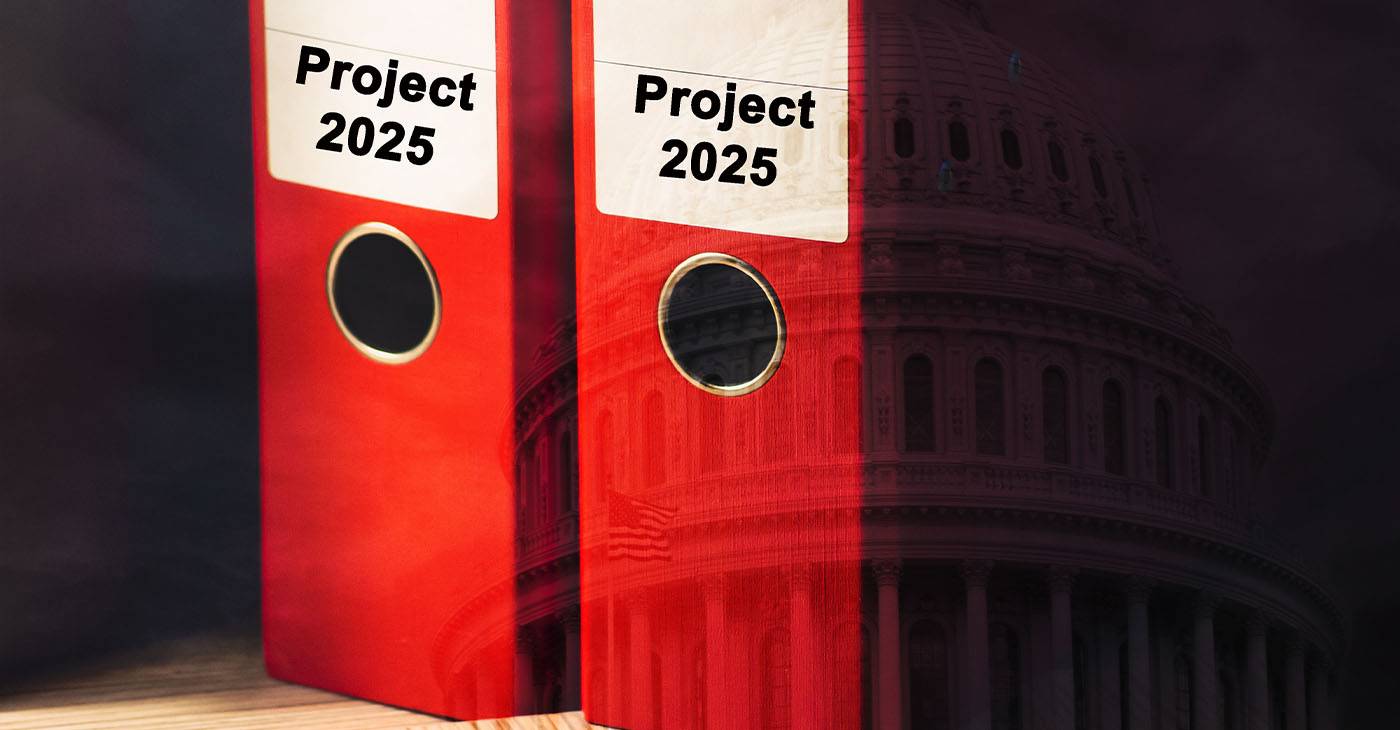As Congress scrambles to avoid a government shutdown, one critical issue at stake is the continuation of federal subsidies that make health insurance affordable for millions of Americans. If lawmakers fail to pass a budget or a temporary stopgap known as a Continuing Resolution (CR) by Sept. 30, enhanced premium tax credits (EPTCs) under the Affordable Care Act will expire at the end of this year.
A CR is a short-term law that allows Congress to extend current federal funding levels while negotiations continue on a full budget. Without one, much of the federal government shuts down, disrupting programs and leaving millions of families vulnerable. In this case, losing subsidies could push health coverage out of reach for many Americans.
For Californians — including African American households that saw a 53% enrollment increase in Covered California between 2020 and 2025 — the expiration of subsidies would result in steep premium hikes. Some Black enrollees could see costs rise by as much as 67%, raising concerns about affordability and coverage loss.
In 2020, Chelsea Baker contracted COVID-19. She never fully recovered.
The infection left her with heart damage and triggered an autoimmune disease that attacks her nervous system. To manage it, she undergoes IV immunoglobulin treatments every two weeks, spending two days at an infusion center. Each treatment costs $8,600 but enables her to maintain a sense of normalcy.
As a small business owner, Baker relies on her insurance coverage to afford this life-saving therapy. She, along with 24 million other Americans, depends on Health Insurance Marketplaces that offer affordable rates made possible by EPTCs.
“Millions of other Americans make these same choices every day: Do I eat or buy medicine? Do I pay my mortgage? What do you cut when there’s nothing left?” Baker said during a recent press conference. “I don’t know how any middle-class American family can be expected to bear these kinds of financial burdens. We can’t.”
Provisions under the Inflation Reduction Act temporarily extended the tax credits, but that funding is running out. No renewal language was included in House Bill (H.R. 1), also known as the “Big Beautiful Bill.” Without action, the subsidies will expire, causing an estimated 4.2 million people to lose their health insurance due to affordability issues. For those who remain insured, premiums are projected to rise by an average of 75% across states.
In California, the impact will be particularly severe. According to Covered California, enrollees currently receive an average subsidy of $563 a month, lowering premiums from about $698 to $135. Without that support, hundreds of thousands of Californians could be forced to give up coverage.
Monica Sonii, Chief Medical Officer for Covered California, estimates that 400,000 Californians could drop their plans. “We hear every day from our folks that they’re really living on the margins,” she said. “Until they got some of those subsidies, they could not afford coverage.”
The looming expiration of subsidies has become entangled in Washington’s broader budget fight. Jessica Altman, Executive Director of Covered California, said she has been working to raise awareness among lawmakers.
“I met with members of the California delegation in both the Senate and the House — both Democrats and Republicans,” Altman said. “There was a bill introduced in the House that would extend the enhanced tax credits for one year. It came from Republican members of Congress, including two from California. That shows some understanding of the impact. But we’ll see what happens.”
At press time, congressional leaders remained divided on whether to pass a CR that would keep subsidies intact while a long-term deal is negotiated. Without it, millions of families face financial uncertainty beginning in 2026.
State leaders are preparing to soften the blow but admit they cannot fully replace lost federal dollars. California has budgeted nearly $200 million to support Covered California and help maintain affordability. Still, the state is set to lose $2.5 billion in federal funding, making it impossible to shield all enrollees.
Altman warned that the financial strain would be felt not only by those who drop coverage but also by those struggling to keep it. “I am very concerned about the people who are going to drop coverage, but I’m also concerned about the people who are going to keep it, because I know how many of our enrollees are stressed about their necessities and their life — and that’s not just healthcare, it’s rent, it’s food, it’s gas, it’s childcare, it’s all of these things,” she said.
Altman and other health officials are urging Californians to prepare now for the possibility of higher premiums. “Save a little extra money to prepare for this,” she said. “Think about some of the choices in your household budget that will allow you to make extra space to keep the health insurance you want and need.”
For now, the future hinges on Congress. If lawmakers agree on a CR, subsidies will continue temporarily, buying time for negotiations. If they fail, millions of Californians — particularly Black families who have relied on expanded access — could face devastating increases in the cost of healthcare.
*Editor’s Note: This story reflects federal budget negotiations as of publication. Congress faces a shutdown deadline and votes on continuing resolutions are expected Oct.3. CBM will update this story as new developments unfold.*
Article Written By: Edward Henderson, California Black Media






